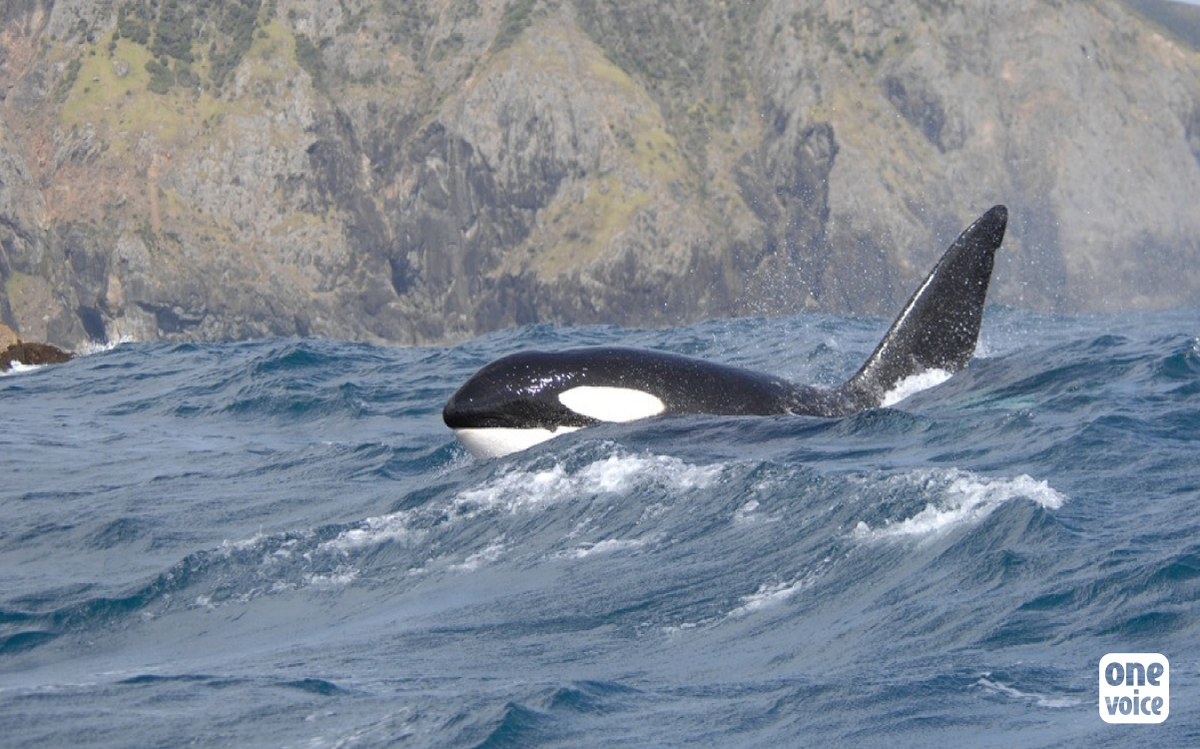

PCBs threatens extinction of killer whales in Europe
Ban Polychlorinated Biphenyls (PCBs) and polybrominated diphenyl ethers (PBDEs) have been banned worldwide since 1986 and pose a serious threat to cetaceans in Europe.
According to a study published on January 14th 2016 in Scientific Reports, blue and white dolphins and European killer whales have the highest concentrations of PCBs in their fat in the world. The researchers who conducted the study say that these massive concentrations are likely to ultimately lead to the decline of these populations.
Products since 1929, polychlorinated biphenyls have been used in flame retardants and coolants or insulation as well as in many types of plastics. But when PCBs were found to cause serious health problems in both human and non-human animals, they were eventually banned. Unfortunately, such products do not break down so quickly. The PCBs or Parylene’s that impregnated the sediments were transported by the streams to the sea. They still persist there.
As super-predators placed at the very top of the marine food chain, killer whales are particularly threatened by this pollution. They eat the flesh of polluted prey, which themselves feed on contaminated prey. In doing so, killer whales accumulate large quantities of PCBs and PBDEs, which are transmitted through breastfeeding.
These products severely affect thyroid function and vitamin A metabolism. They also interfere with neurological and reproductive development and immune function. Because PCBs are fat soluble, they can accumulate at extremely high levels in marine mammals with a high fat mass.
During research, they were levels of PCBs present in fats that were analysed in 1000 cetaceans, whales, orcas, dolphins and porpoises.
Porpoises are the only species that does not show record levels. On the other hand, the researchers were surprised to find that the concentration rate was the same for both males and females, whereas the latter should have got rid of excess PCBs when they were breastfeeding.
Their long life span and their position as superior marine predators make orcas and dolphins particularly vulnerable to the accumulation of PCBs in their bodies.
In this regard, Paul Jepson, a member of the London Zoological Society and author of the study, said the situation was worrying: “We believe that there is a very high risk of extinction for orcas in the industrialized regions of Europe.”
What about the future of another super-predator infinitely more ferocious and voracious than the orca, namely the human being? Is the survival of this species also threatened, as it eats so many fish and in some countries even devours the flesh of cetaceans? Paul Jepson’s study does not say anything…
References
- PCB pollution continues to impact populations of orcas and other dolphins in European waters http://www.nature.com/articles/srep18573
- This banned toxic chemical is still putting whales at risk 30 years later. https://www.washingtonpost.com/news/speaking-of-science/wp/2016/01/15/this-banned-toxic-chemical-is-still-putting-whales-at-risk-30-years-later/